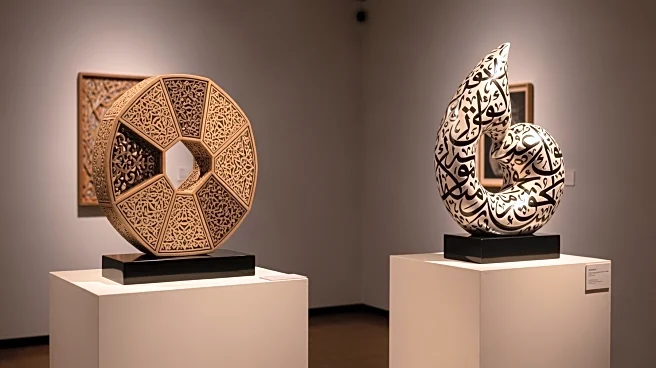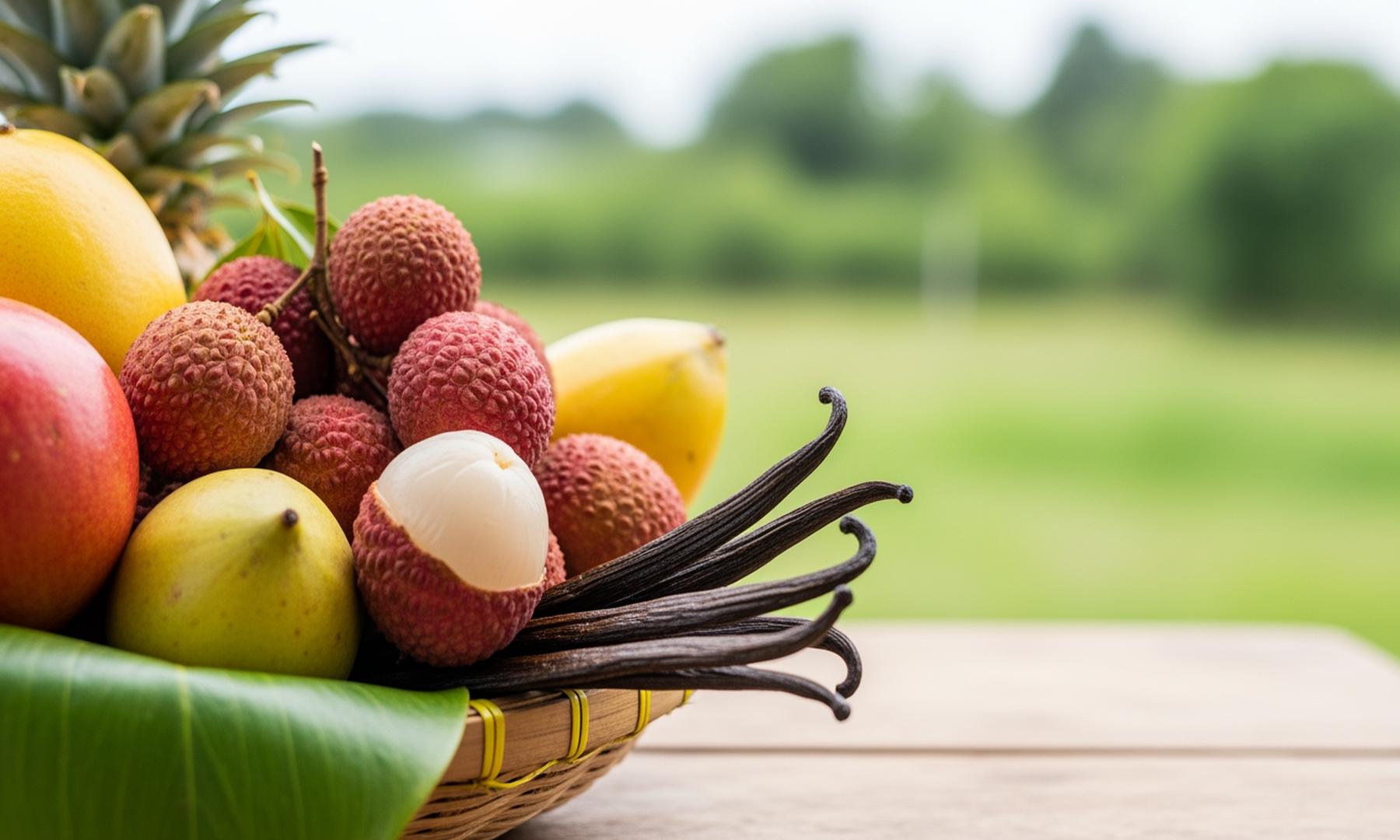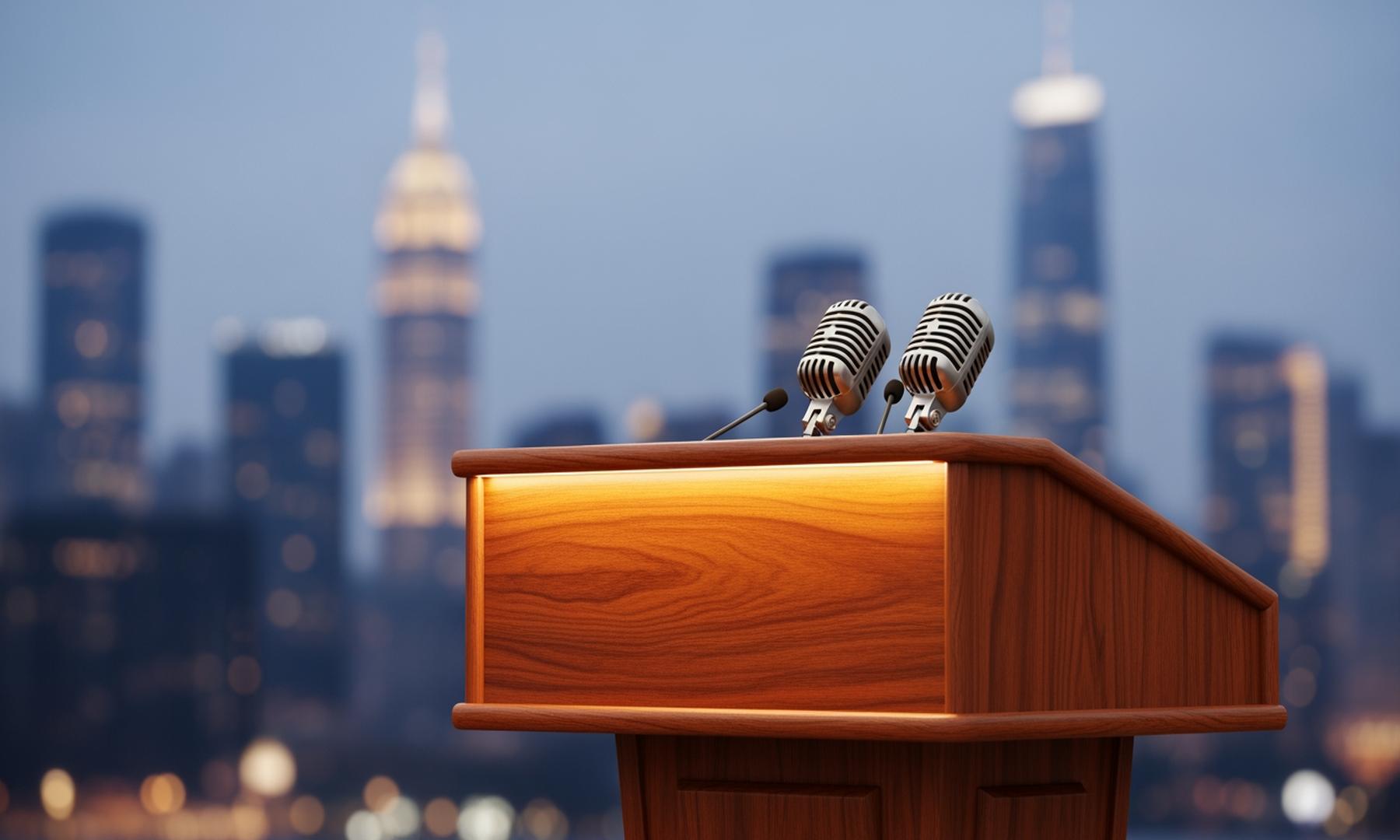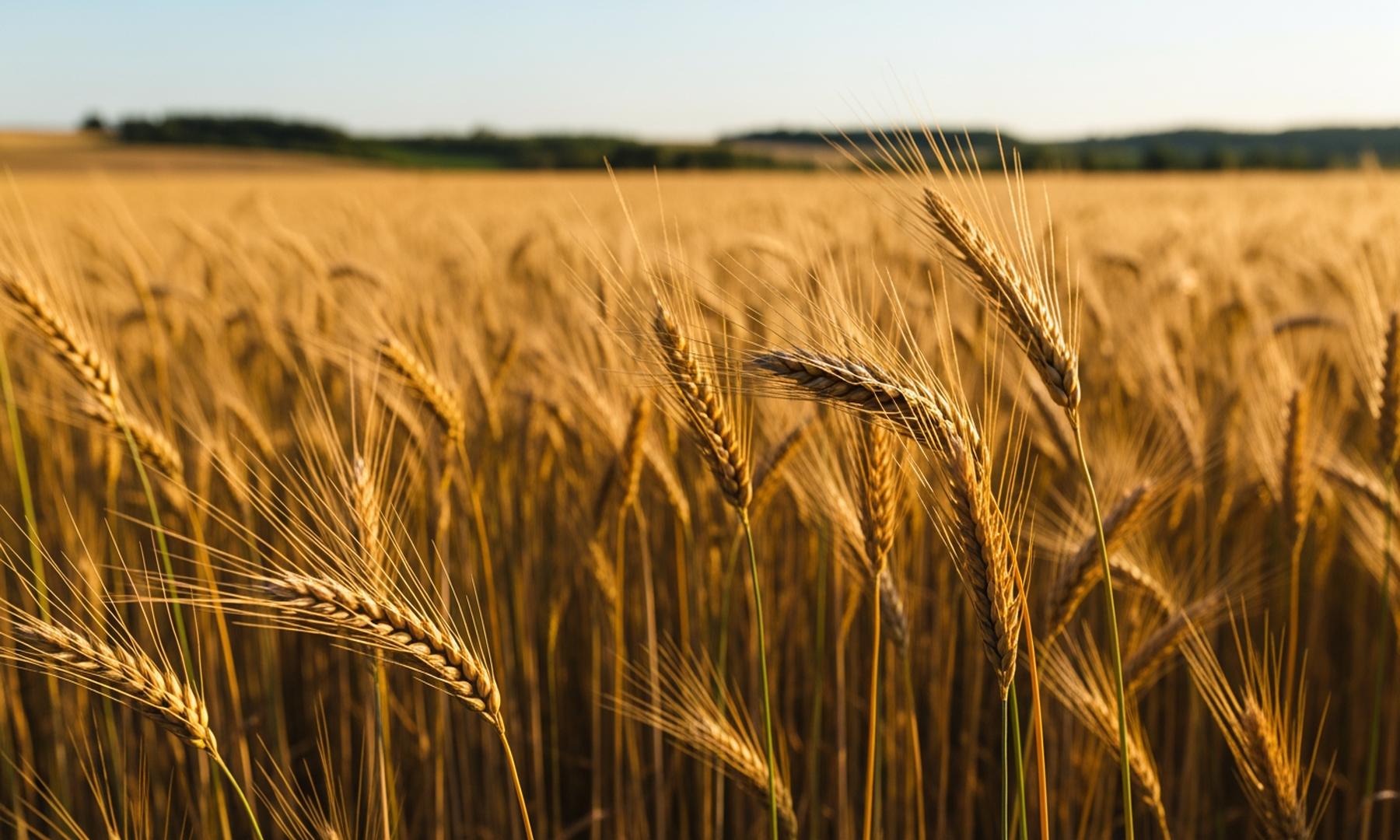What's Happening?
A new exhibition titled 'Resonant Histories' has opened at the Chhatrapati Shivaji Maharaj Vastu Sangrahalaya (CSMVS) museum in Mumbai, showcasing the relationship between Indian and Arab Modernism. The
exhibition, running until February 16, 2026, features over 40 works from the Sharjah-based Barjeel Art Foundation alongside Indian pieces from the Jehangir Nicholson Art Foundation. The curation aims to highlight visual and ideological resonances between Indian and Arab artists, influenced by the historical context of empire and liberation movements. Notable works include those by Syrian painter Marwan Kassab-Bachi and Indian artist Francis Newton Souza, as well as pieces depicting themes of freedom and struggle by artists like Chittaprosad Bhattacharya and Krishen Khanna. The exhibition also explores direct cultural exchanges, such as the influence of Bengali folk-art on Egyptian artist Nazek Hamdi.
Why It's Important?
The exhibition is significant as it fosters a deeper understanding of the interconnectedness of Indian and Arab art movements, particularly in the context of post-colonial liberation struggles. By showcasing these works, the exhibition provides insight into how artists from different regions have influenced each other, contributing to a broader narrative of modernism. This cultural dialogue is crucial for art historians and enthusiasts, as it opens up new avenues for research and appreciation of non-Western art histories. The exhibition also serves as a platform for recognizing the shared experiences and artistic expressions of regions affected by colonialism, highlighting the ongoing relevance of these themes in contemporary society.
What's Next?
The exhibition is expected to spark further research and interest in the connections between Indian and Arab art, potentially leading to more collaborative projects and exhibitions. As noted by JNAF's director, Puja Vaish, the exhibition is seen as a starting point for building a more comprehensive art historical discourse. Future exhibitions may expand to include works by South Asian artists from outside India, further enriching the narrative of regional modernism. Additionally, the exhibition may inspire new artistic collaborations and exchanges between artists from these regions, fostering a deeper cultural understanding and appreciation.
Beyond the Headlines
The exhibition not only highlights artistic connections but also underscores the broader cultural and historical exchanges between India and the Arab world. It reflects the impact of the Non-Aligned Movement and the shared struggles for independence and identity in post-colonial societies. By bringing these works together, the exhibition challenges traditional art historical narratives that often overlook non-Western contributions to modernism. It also prompts discussions on the role of art in political and social movements, emphasizing the power of visual culture in shaping collective memory and identity.











